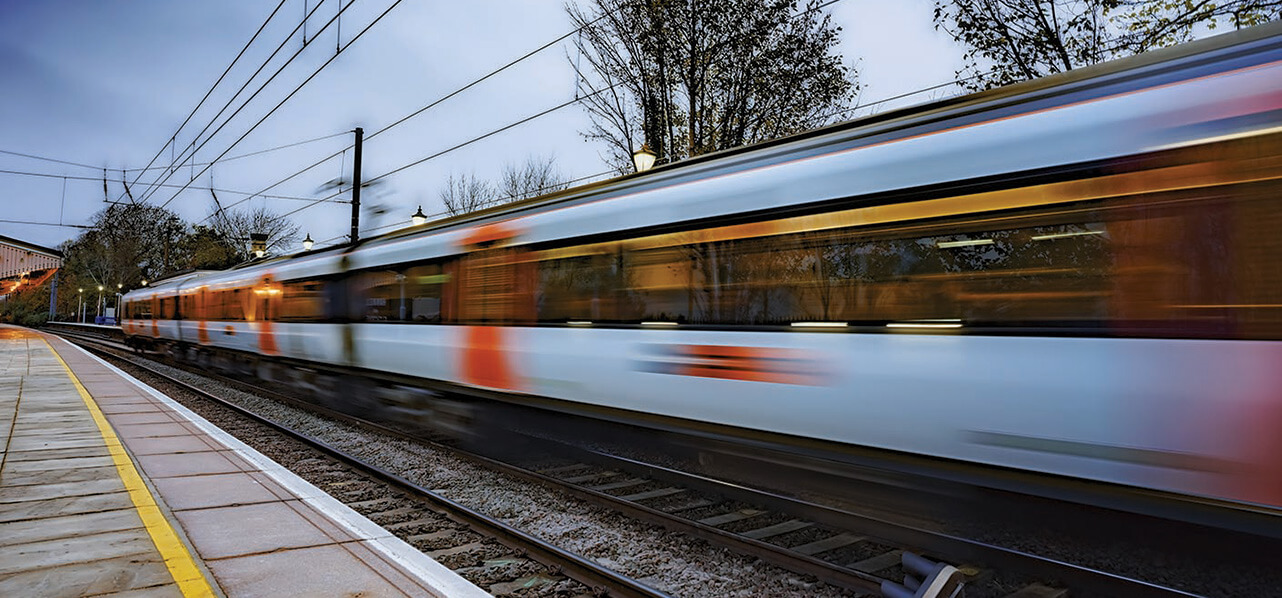Partner London
"With real estate responsible for almost 40% of global carbon emissions, and more countries looking to regulation to effect change (including the UK government’s aim to achieve its net zero target by 2050), the real estate industry’s contribution to sustainability is crucial."
Environmental, Social and Governance (ESG) issues are high on the agenda for the majority of developers, investors and occupiers, with environmental considerations currently at the fore. As well as a range of social and wellbeing factors featuring in the business decision-making of key players in the market, the drive for energy efficiency continues apace.
With real estate responsible for almost 40% of global carbon emissions, and more countries looking to regulation to effect change (including the UK government’s aim to achieve its net zero target by 2050), the real estate industry’s contribution to sustainability is crucial.
In the first of our series of articles focussing on logistics real estate, we explore the themes of green power generation and power management in logistics buildings as a means of tackling climate change.
Power Generation
JLL’s latest report on the decarbonisation of the built environment (released on 21 June 2021) highlights that 35% of corporate occupiers and 36% of investors plan to adopt self-generated renewable energy for their sites by 2025. This is on top of the 35% of occupiers and 36% of investors who are already self-generating their own renewable energy.
Solar
Solar technology is by no means a novel feature for big box sites. With large expanses of unused roof space, and high energy bills due to the scale of the buildings in use, it makes perfect sense to install this type of clean energy technology.
As early as 2018, when Gazeley delivered the UK’s largest speculative warehouse at its Magna Park development in Milton Keynes, the roof of Amazon’s 574,000 sq. feet distribution centre, Altitude, was being marketed as PV ready, offering annual generation of 2.6GWhrs with the potential to save 1,300,000kg of CO2 each year. Amazon currently records that 34 of its facilities in Europe, and 147 of its facilities worldwide, are now powered by on-site solar systems.
"35% of corporate occupiers and 36% of investors plan to adopt self-generated renewable energy for their sites by 2025. This is on top of the 35% of occupiers and 36% of investors who are already self-generating their own renewable energy."
The installation of solar PV panels is becoming a standard expectation on newly developed logistics and distribution schemes. However, most active warehouses are much older and may not have the base build design to support large-scale PV panel installations. With better yields and higher rents for new buildings, a business case will arise for upgrading sites, particularly those which are well located.
The increased drive towards ‘electrification’ in logistics parks, by way of automated machinery and electric vehicles, is causing a shift in the scale of this technology. To meet electrical supply needs and overcome the threat of ‘grid grab’, sites will become self-sufficient at scale, potentially devoting significant portions of estate space to solar parks, in addition to panels on the roof.
Air or Ground Sourced Power
Owners and occupiers trying to cut down on their carbon footprint and reduce energy bills are starting to look at heat pumps for a long-term and cost-effective solution.
These can be air-sourced (fitted to the side of buildings and drawing in the air from outside to cool or heat a building), ground-sourced (heat pipes laid horizontally or vertically into the earth utilising the solar energy stored in the ground or water) or hybrid (both air and ground-sourced operating at full efficiency at different times of the day or throughout the year so that when air is colder outside it draws on the ground-source heat pump energy and when the air is warmer it operates in reverse).
Water
There is a growing trend for logistics buildings to contain rainwater harvesting systems – again utilising the significant roof space that can easily hold a harvesting system, supported by a raised or underground storage tank. The water collected is reused by the building for non-potable applications, such as irrigating landscaped areas or toilet flushing.
The installation of an efficient rainwater harvesting system can help reduce reliance on a mains supply by between 40% and 50%. Rainwater harvesting can also help lessen the load placed upon drainage systems, reducing the effects of flooding by channelling the run-off water into tanks for recycling.
Power Management
The ability to self-generate power is one half of the story. To guarantee longevity and resilience in a climbing market, logistics sites will need to have the technology in place to manage their energy requirements.
"To guarantee longevity and resilience in a climbing market, logistics sites will need to have the technology in place to manage their energy requirements."
Battery Storage
One of the major hurdles to energy independence is how to store valuable electricity on site for use locally when the energy source is absent or when the demand for power outstrips the capacity of the renewable technology. Logistics buildings are increasingly becoming ‘battery storage-ready’, with basement or rooftop batteries providing a point to store excess power, which can be scaled up or down as required by the occupier.
Benefits include:
- Reduced energy bills and peak shaving – as well as allowing a site to fully harness renewable power capabilities (and thereby realise lower energy costs), batteries allow occupiers to achieve ‘peak shaving’ by discharging energy at the most expensive times of the day without paying peak prices to utilities providers;
- Emergency backup – at the simplest level, batteries provide essential back-up power to protect a site from power cuts, voltage dips or other power-quality issues. Businesses have a source of power on site to keep essential processes running at all times, preventing disruption to operations; and
- Micro-grid at point of use – the development of workable power storage solutions allows sites to create their own ‘micro-grid’ systems whereby the site generates, stores and distributes power to connected properties, with the potential to operate independently for a time from the national grid.
EVs and Smart Metering
The UK government’s ‘Ten Point Plan’ placed electric vehicle development firmly at the forefront for delivering the UK’s net zero targets. In the plan, published last November, the government committed up to £1bn to support the electrification of UK vehicles and their supply chains and £1.3bn for the rolling out of charging infrastructure on road networks. The government also pledged £20m in freight trials to pioneer hydrogen and other zero emission lorries, to help determine a date for phasing out the sale of new diesel HGVs.
With the backdrop of this investment, and the government’s aim to ban the sale of petrol and diesel cars and vans by 2030, in the next decade we will see an increase in the regulation affecting vehicular access to conurbations. This will, in turn, impact the ability of logistics companies to meet their last mile targets. The logistics sites of the future will need to be equipped to support fleets of EV vehicles. Fast charging infrastructure will become the norm, with charging points either built into the common parts or integrated into the design of individual units. This will be combined with advancements in smart metering, enabling fleets to be charged overnight when both energy demand and cost are low.
Conclusion
Arguably, efficiency, the ability to deliver to time and to meet consumer demand, has always been the hallmark of a successful logistics site and, in an age where e-commerce continues to grow and place pressure on supply chains, this quality will remain desirable.
However, there is a new kind of efficiency which is making us reassess how we value logistics sites. Sites which are both energy efficient and self-sufficient, by way of on-site renewable sources and technologies, are resilient sites. In a decade where climate risk will be interlinked with financial risk and where an asset’s resilience will drive its competitivity, the ability of these hubs to generate and manage their own power will be just as crucial as delivering to time.
If you are an investor, developer or occupier of logistics and distribution space and have any queries or would like to discuss your requirements, please get in touch with us.
Key contacts
Partner London
Senior Associate London





